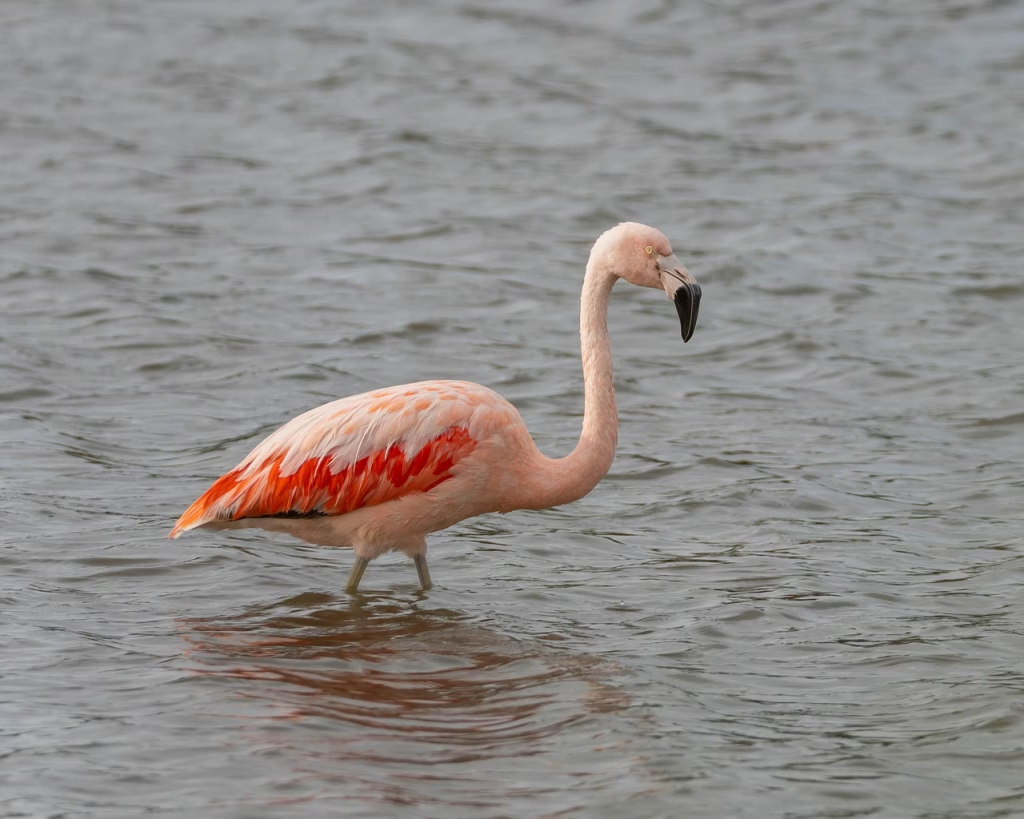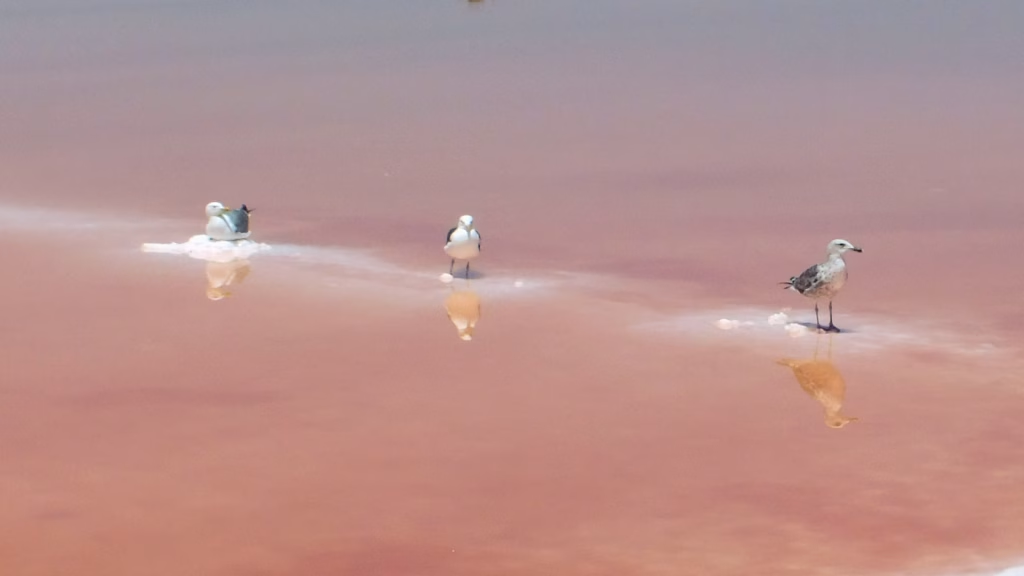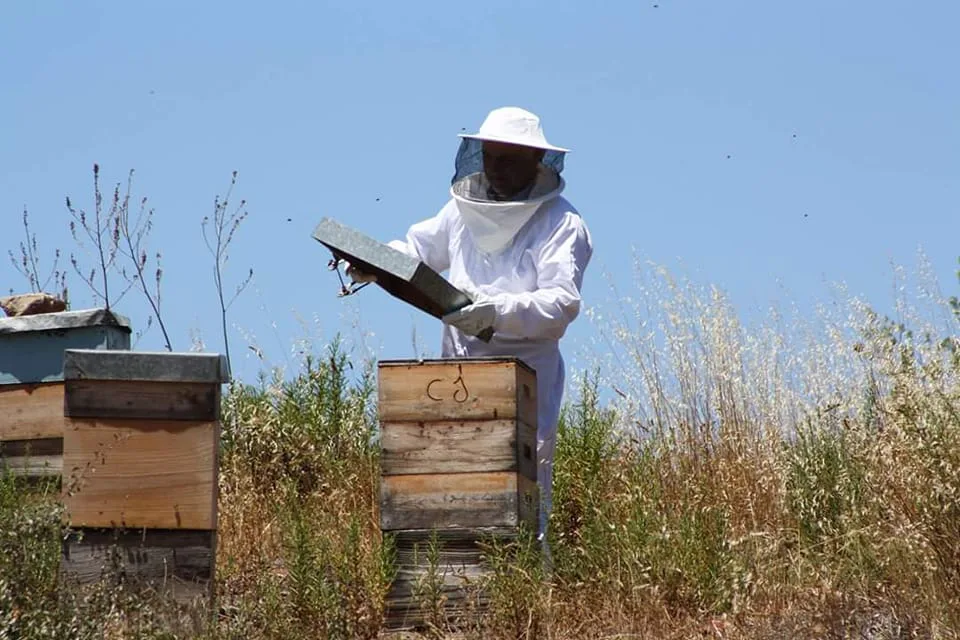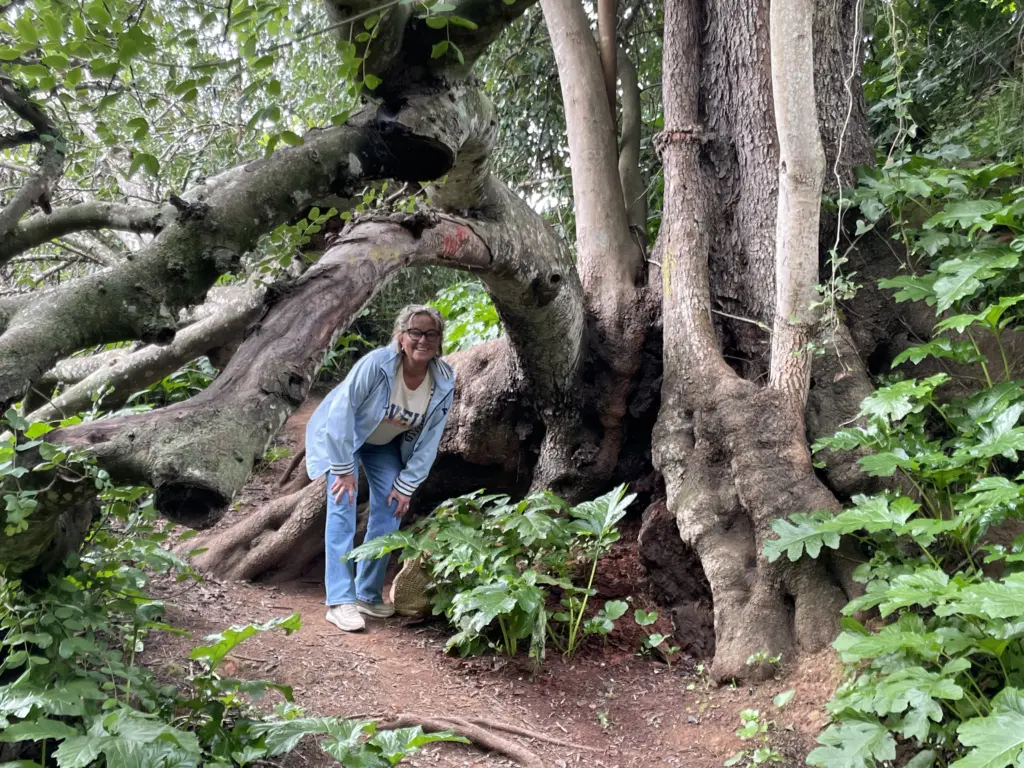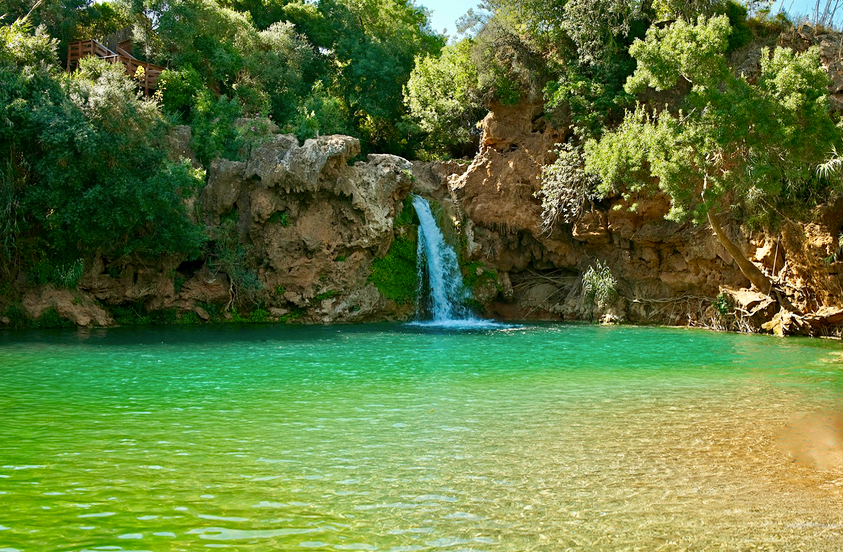The eastern Algarve, stretching from Olhão to Tavira, offers a glimpse into a way of life where the rhythm of the tides dictates daily routines. Here, fishing villages like Santa Luzia, Olhão, and Cabanas de Tavira preserve centuries-old traditions and crafts, intertwining culture with the sea.
Santa Luzia: The Octopus Capital
Santa Luzia, often dubbed the “Octopus Capital” of Portugal, is renowned for its unique fishing methods. Local fishermen use traditional clay pots, known as “alcatruz,” to catch octopus. These terracotta pots, a practice dating back to Phoenician times, are baited with chicken pieces and left on the seabed overnight. Each pot is marked with the fisherman’s name, ensuring a sustainable and personal approach to fishing.
The village’s deep connection to the sea is celebrated annually during the Festa do Polvo (Octopus Festival) in August, where locals and visitors indulge in octopus dishes, music, and cultural displays.
Olhão: The Heart of the Ria Formosa
Olhão’s fishing heritage dates back to the 17th century. The town’s proximity to the Ria Formosa lagoon has made it a hub for shellfish harvesting, including clams and oysters. Fishermen here not only run oyster and mussel farms but also sell their fresh catches from the sea, including squid, at local markets,
The town’s Fisherman’s Quarter, with its maze of narrow streets and traditional markets, offers visitors a chance to experience authentic Algarvean life. The vibrant fish market, open daily, is a testament to Olhão’s enduring maritime traditions.
Cabanas de Tavira: A Blend of Tradition and Tranquility
Cabanas de Tavira, once a bustling fishing port, has transformed into a serene village that still honors its maritime roots. The village’s proximity to the Ria Formosa Natural Park allows for sustainable fishing practices that support both the local economy and the ecosystem.
Visitors can explore the traditional wooden boats, known as “xávega,” used for beach seine fishing, and learn about the techniques passed down through generations. The village’s commitment to preserving its fishing heritage is evident in the community’s efforts to maintain the ecological balance of the lagoon.
Crafting Traditions: From Pottery to Weaving
Beyond fishing, the eastern Algarve is a cradle for traditional crafts. In towns like Loulé, crafts such as ceramics, cataplana making, and weaving are being revived by the local community. Older generations pass down their expertise to the younger ones, ensuring the continuation of these important cultural traditions.
These crafts are not only artistic expressions but also serve as a means of preserving the region’s cultural identity. Visitors can explore local workshops and markets to witness these crafts in action and perhaps take home a piece of the Algarve’s rich heritage.
Conclusion
The fishing villages of the eastern Algarve offer more than picturesque landscapes; they provide a window into a way of life where tradition and nature coexist harmoniously. From the octopus pots of Santa Luzia to the shellfish markets of Olhão and the artisanal crafts of Loulé, these communities embody a deep respect for the sea and its resources.
For those seeking an authentic experience of Portugal’s coastal culture, a visit to these villages promises stories, traditions, and crafts that have stood the test of time.


